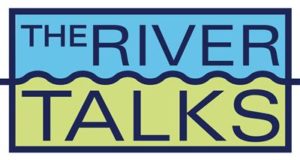The future of Lake Erie’s Icebreaker Windfarm remains up in the air
For more than a decade a group in Cleveland, Ohio has been working to harness Lake Erie’s wind energy with a proposed six turbine windfarm called Icebreaker. But the project ran afoul of regulators earlier this year and a provision to save migrating birds has left the future of Icebreaker up in the air. Read and hear the full story by WKSU- Kent, OH.
Great Lakes Commission
https://www.glc.org/dailynews/20201001-erie-windfarm





 Two speakers will offer virtual talks at 7 p.m. Wednesday, Oct. 14, via Zoom. Brandon Krumwiede, Great Lakes geospatial coordinator with NOAA’s Office for Coastal Management, will present, “Water Level Change Impacts in the St. Louis River Estuary.” Over the past several years, water level changes from near-record lows to near-record highs have altered the shorelines along Lake Superior and the estuary. Krumwiede’s presentation will provide an overview of the interplay between water levels and physical changes seen along the shorelines.
Two speakers will offer virtual talks at 7 p.m. Wednesday, Oct. 14, via Zoom. Brandon Krumwiede, Great Lakes geospatial coordinator with NOAA’s Office for Coastal Management, will present, “Water Level Change Impacts in the St. Louis River Estuary.” Over the past several years, water level changes from near-record lows to near-record highs have altered the shorelines along Lake Superior and the estuary. Krumwiede’s presentation will provide an overview of the interplay between water levels and physical changes seen along the shorelines.



